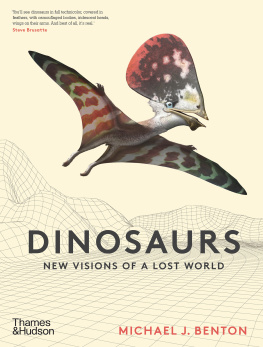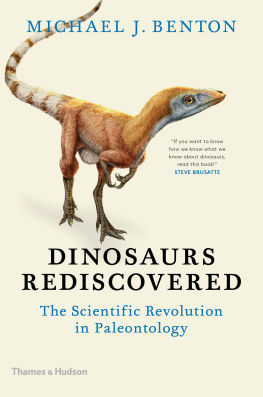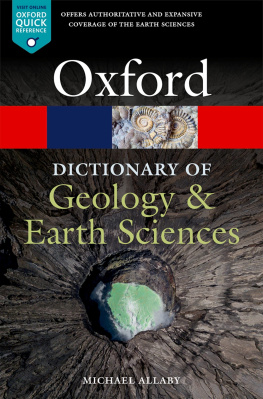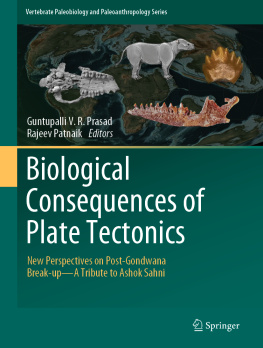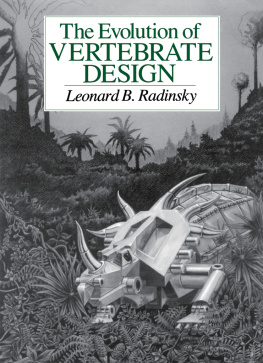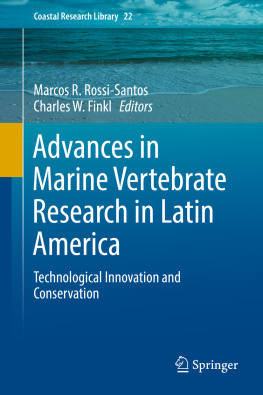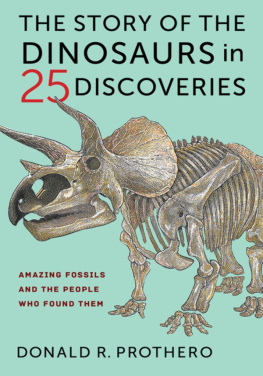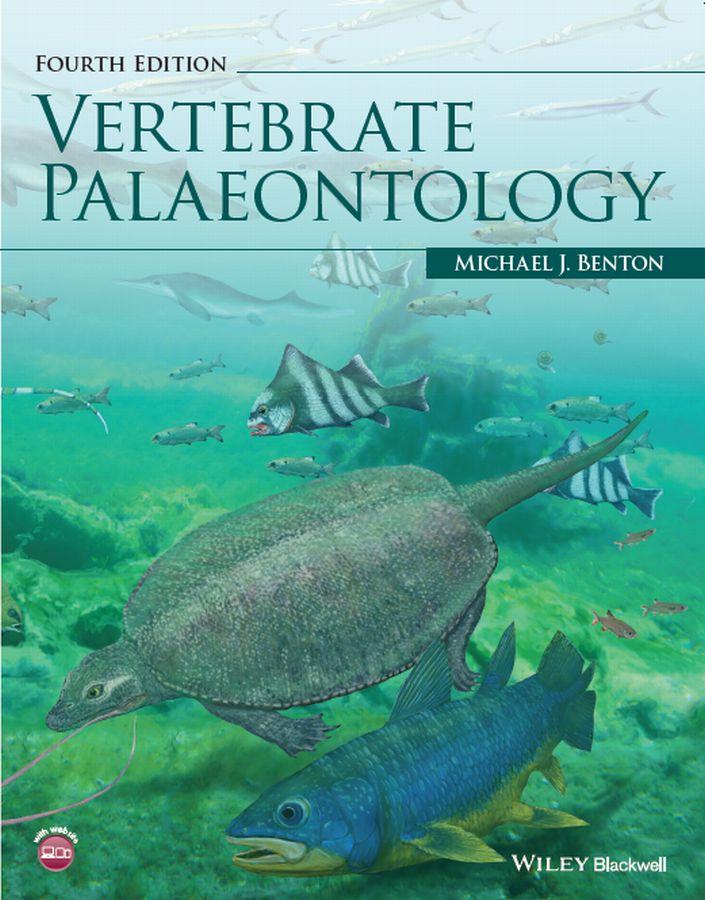
CONTENTS
List of Tables
- Chapter 08
List of Illustrations
- Chapter 01
- Chapter 02
- Chapter 03
- Chapter 04
- Chapter 05
- Chapter 06
- Chapter 07
- Chapter 08
- Chapter 09
- Chapter 10
- Chapter 11
Guide
Pages
Dedicated to Mary, Philippa and Donald for their
forebearance while I wrote this book.
VERTEBRATE PALAEONTOLOGY
Fourth edition
MICHAEL J. BENTON
School of Earth Sciences
University of Bristol
Bristol, UK
Chapter opening illustrations drawn by John Sibbick
This edition first published 2015 2015 Michael J. Benton
Third edition published 2005 2005 Blackwell Publishing Ltd.
Second edition published 1997 by Chapman & Hall.
First edition published 1990 by Unwin Hyman.
Registered Office
John Wiley & Sons, Ltd, The Atrium, Southern Gate, Chichester, West Sussex, PO19 8SQ, UK
Editorial Offices
9600 Garsington Road, Oxford, OX4 2DQ, UK
The Atrium, Southern Gate, Chichester, West Sussex, PO19 8SQ, UK
111 River Street, Hoboken, NJ 07030-5774, USA
For details of our global editorial offices, for customer services and for information about how to apply for permission to reuse the copyright material in this book please see our website at www.wiley.com/wiley-blackwell.
The right of the author to be identified as the author of this work has been asserted in accordance with the UK Copyright, Designs and Patents Act 1988.
All rights reserved. No part of this publication may be reproduced, stored in a retrieval system, or transmitted, in any form or by any means, electronic, mechanical, photocopying, recording or otherwise, except as permitted by the UK Copyright, Designs and Patents Act 1988, without the prior permission of the publisher.
Designations used by companies to distinguish their products are often claimed as trademarks. All brand names and product names used in this book are trade names, service marks, trademarks or registered trademarks of their respective owners. The publisher is not associated with any product or vendor mentioned in this book.
Limit of Liability/Disclaimer of Warranty: While the publisher and author(s) have used their best efforts in preparing this book, they make no representations or warranties with respect to the accuracy or completeness of the contents of this book and specifically disclaim any implied warranties of merchantability or fitness for a particular purpose. It is sold on the understanding that the publisher is not engaged in rendering professional services and neither the publisher nor the author shall be liable for damages arising herefrom. If professional advice or other expert assistance is required, the services of a competent professional should be sought.
Library of Congress Cataloging-in-Publication Data
Benton, M. J. (Michael J.)
Vertebrate palaeontology / Michael J. Benton. Fourth edition.
pagescm
Includes bibliographical references and index.
ISBN 978-1-118-40755-4 (cloth) ISBN 978-1-118-40684-7 (pbk.)1.Vertebrates, Fossil.I.Title.
QE841.B44 2015
566dc23
2014000064
A catalogue record for this book is available from the British Library.
Wiley also publishes its books in a variety of electronic formats. Some content that appears in print may not be available in electronic books.
Cover image: Lobster lunch of Luoping; over a muddy seabed during the Middle Triassic (Ansian) at the future site of Luoping County, Yunnan. In the foreground, an early rock lobster (Yunnanopalinura schrami) attracts the unwanted attention of the coelacanth Luopingcoelacanthus eurylacrimalis and the armoured reptile Sinosaurosphargis yunguiensis. Behind them cruise other aquatic reptiles: the ichthyosaurs Mixosaurus cf. panxianensis and the little pachypleurosaur Dianopachysaurus dingi. Swarming around is a diverse community of actinopterygians: ubiquitous Sangiorgioichthys sui (numerous fish with black-tipped fins), sleek Sinosaurichthys longimedialis (thin with a long snout), tiny Marcopoloichthys ani (very small with red-spotted fins), scaleless Gymnoichthys inopinatus (blue with a yellow back) and the deep-bodied Kyphosichthys grandei (brown and yellow) and Luoxiongichthys hyperdorsalis (black and white). Painting by Brian Choo 2013.
Preface
To many, palaeontology in general, and vertebrate palaeontology in particular, might be seen as devoted to discovering new fossils. After all, we read lavish press reports of each new species of dinosaur, fossil bird, or early human fossil that is recorded in the scientific literature. Discoveries from all continents attract attention, and none moreso than the continuing rich haul of remarkable new fossils from China. Our understanding of fossil vertebrate evolution has been much enriched by continuing discoveries of basal chordates from the Chengjiang and associated exceptional faunas of South China, as well as the feathered birds and dinosaurs from the Jehol assemblages in North China. But, as any young palaeobiologist knows, the discovery of new species is a minor concern. Much more exciting has been the blossoming of new numerical techniques that extend the reach of studies in macroevolution and palaeobiology further than might have been imagined even ten years ago.
When I wrote the first edition of this book in 1989, I felt that there was a need for an up-to-date account of what is known about the history of vertebrates, but also for a thorough phylogenetic framework throughout, then something of a novelty. The first edition was published in 1990. The second edition, substantially modified, appeared in 1997, and the third, further extensively rewritten in 2005. These new editions offered extensive coverage of new discoveries and new interpretations through the previous 15 years. Between 1990 and 2005, the book hopped from publisher to publisher: it was commissioned by Unwin Hyman, who were soon after acquired by Harper Collins, and their science list was in turn acquired by Chapman & Hall, so the first edition appeared under three publishers logos, in 1990, 1991 and 1995. The second edition appeared with Chapman & Hall, but they were then taken over by Kluwer, and this book was marketed by their Stanley Thornes subsidiary for a while, before passing to Blackwell Science in 2000, which is now part of the larger John Wiley & Sons consortium. I hope these wandering days are now over.
The first edition appeared in Spanish in 1995 (Paleontologa y evolucin de los vertebrados, Edition Perfils, Lleida), the second in Italian in 2000 (Paleontologia dei Vertebrati, Franco Lucisano Editore, Milano), and the third in German in 2007 (Palontologie der Wirbeltiere, Dr Friedrich Pfeil, Mnchen). This is a measure of the international appeal of vertebrate palaeontology and the demand from students and instructors for up-to-date information.
The story of the evolution of the vertebrates, the animals with backbones, is fascinating. There is currently an explosion of new research ideas in the field concerning all the major evolutionary transitions, the origin of the vertebrates, dramatic new fish specimens unlike anything now living, adaptations to life on land, the origin and radiation of dinosaurs and Mesozoic marine reptiles, the evolution and palaeobiology of dinosaurs, the role of mass extinctions in vertebrate evolution, the origin and diversification of birds, the earliest mammals, ecology and mammalian diversification, the Paleogene radiation of modern mammalian clades, reconciling morphological and molecular evidence on bird and mammal evolution,and the origins and evolution of human beings.
Next page

